Buyer’s Guide | Finding The Right Helmet
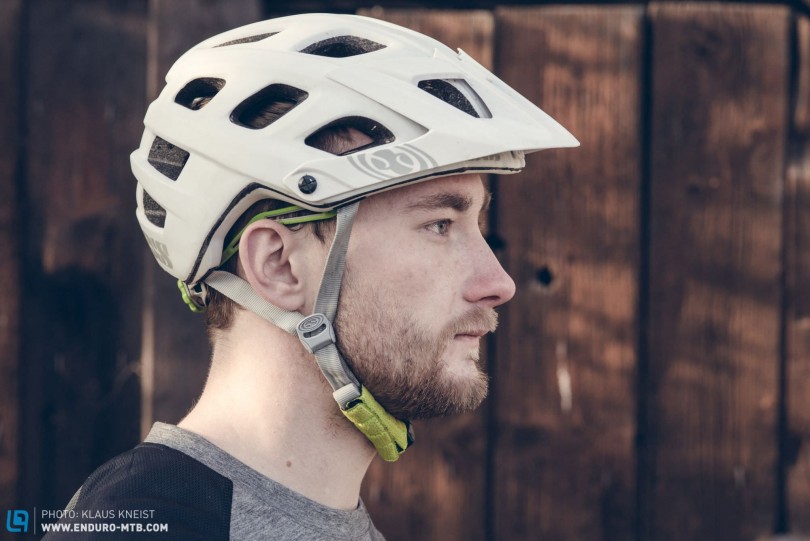
Time for a new lid but don’t know where to start? Let us give you some pointers!
Without all the technical specs that some other bike products have, helmet shopping can be a little daunting. When looking at a wall of helmets (perhaps, a virtual wall) you might find yourself thinking: why the price difference? Are they all just as safe? How do I decide what features to look for? We will try our best to inform your purchase decision in this article.
We tend to scrape together all our cash for the greatest bike and parts but when it comes to protection, the product lust subsides. We often make do with the cheapest option or base our choice on simply the brand or style.
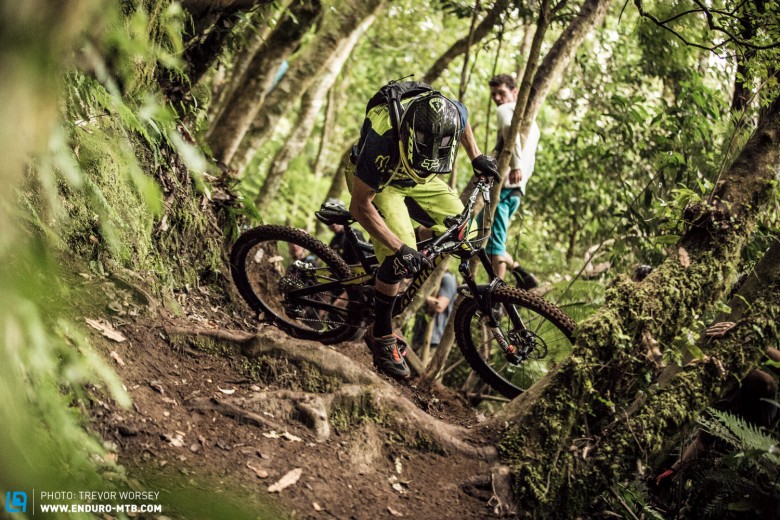
If you’ve ever had a crash that has damaged a helmet, you likely agree that the money you spent protecting your head was worth it. Unlike most other injuries, brain injuries often don’t heal. While no helmet guarantees your safety, the insurance they do provide should be your top priority when outfitting yourself for mountain biking.
First off, you can be confident all helmets will be certified to at least the standard for country in which it is sold. Many are internationally certified to higher standards, which, of course, is good for you. Even the cheapest helmets will provide essential protection to your skull and brain in an impact. So why pay more? Read on:
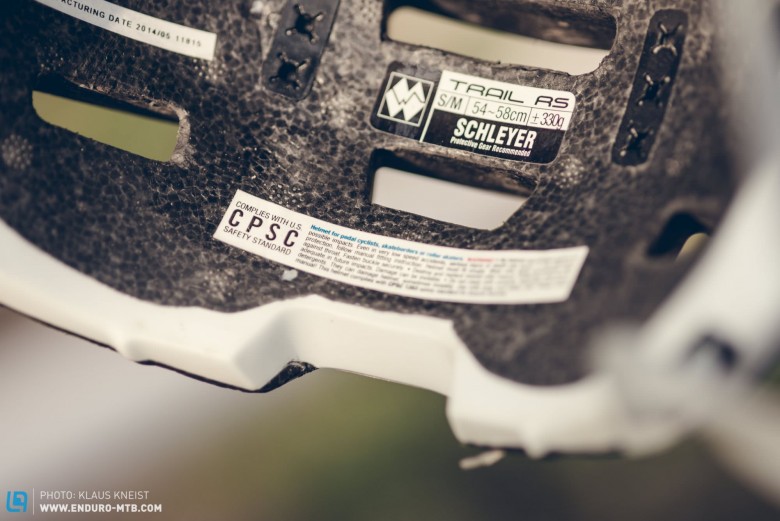
Remember, most helmets are only designed for one impact. If you hit your head, time for a new one. (some companies will allow you to return it for a discount on a new one) In general, it’s recommended that you replace it at least every five seasons.
Full face vs Open face

If you ride trails that don’t involve hikes, shuttles or lifts (chances to take off your helmet) a downhill full-face helmet will probably be way too hot. The additional protection they provide for those situations is absolutely worth it if you do. Even the best full face helmets with internal channels are just too heavy and lack the ventilation for long term comfort. So if you ride both types of terrain(XC and gravity), you probably need two helmets.

Do I ride only downhill? No = open-face (or both)
Gamechangers:
This year we’ve seen two helmets that break the norms and fill both roles. The Bell Super 2R and MET Parachute feature full-face protection with long term comfort and ventilation.
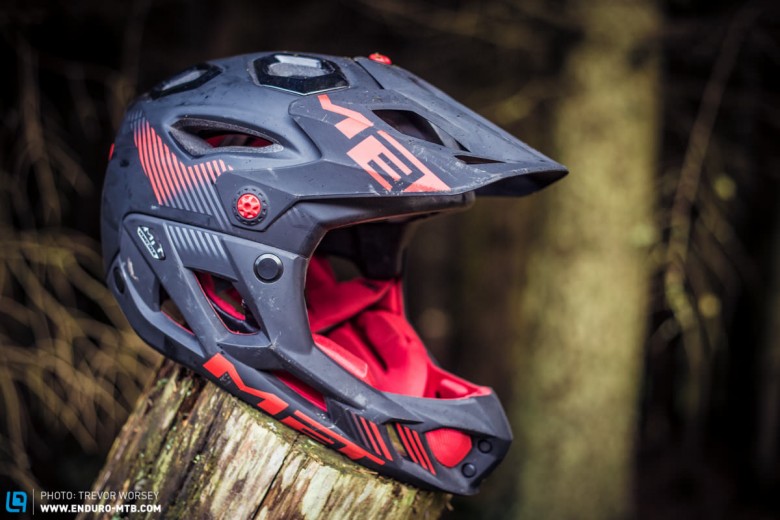
Fit:
Because all helmets are close in protection, The most important thing about a helmet is fit. A poorly fitting helmet may not stay in place in a crash, and cause constant discomfort on the trail.
If you want to ensure a good fit you need to try on multiple helmets! Thats right, in a real store because even online reviews aren’t customized to your personal head shape.
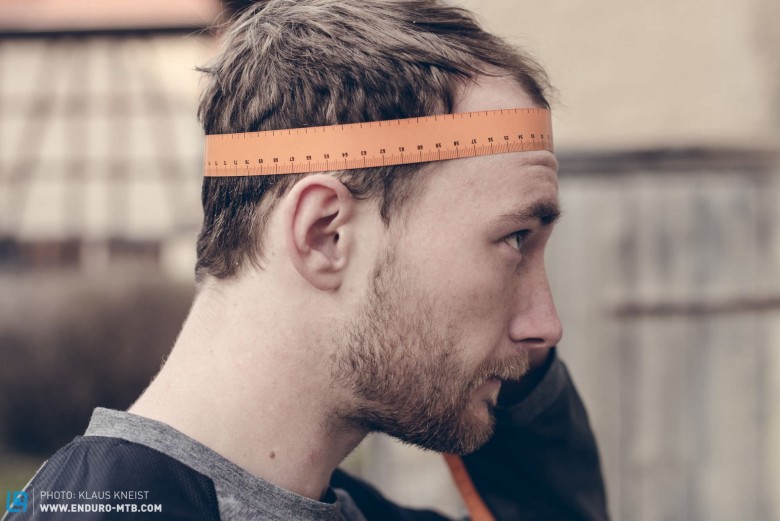
Start with your head circumference, a measuring tape or string will give you a starting point in centimeters that most manufacturers state in the description.
The helmet should fit snugly around your head, like a fitted cap. If you have a “tall” head look for a deeper helmet. With the helmet sitting level, there should be about a one-finger gap between your eyebrows and the front of the helmet.
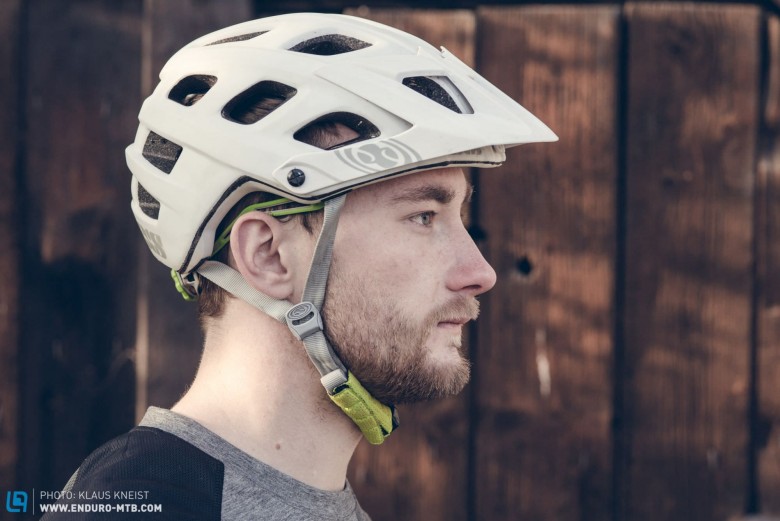
Experiment with the adjustment system, high-end helmets often have multiple ways to customize fit. Consider keeping it on for a few minutes to make sure there are no pressure points.
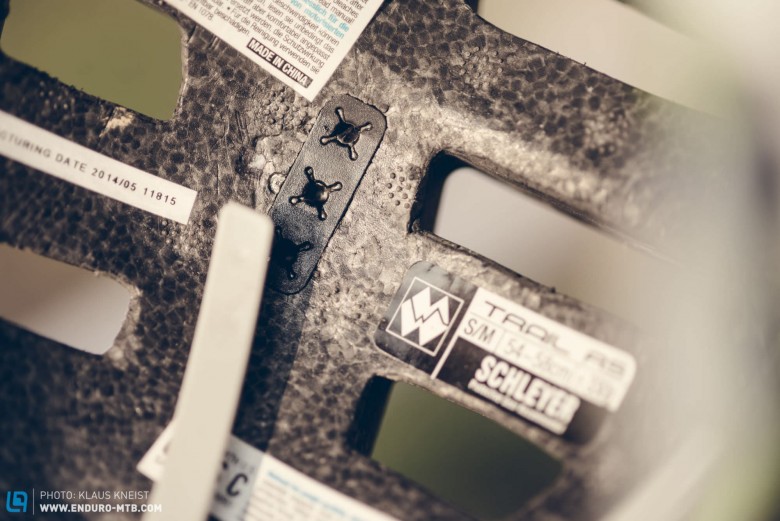
Try to stay in the higher end of the adjust range of the helmet to eliminate excess space inside the helmet. You shouldn’t be able to move the helmet side to side more than a few mm each way.
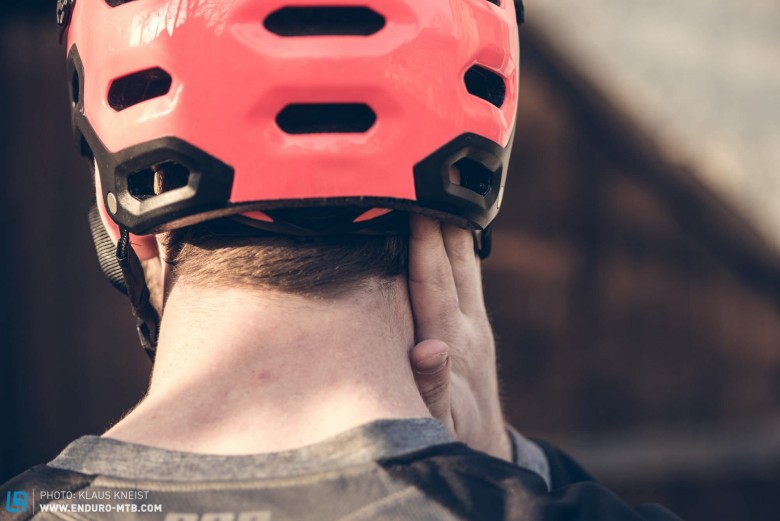
Weight:
Most helmets are in a range of weight that isn’t exactly significant and it is usually justified by price and protection. Unlike something like rims for example, you shouldn’t base your decision from a weight difference. That said, nice helmets will typically have a slightly more favourable safety to weight ratio.
Expensive helmets will also usually feel expensive, the finish, style and materials will be held to a higher standard just like a nice car. For example they may have an extra molded shell around the rim to protect the EPS foam and look cooler!
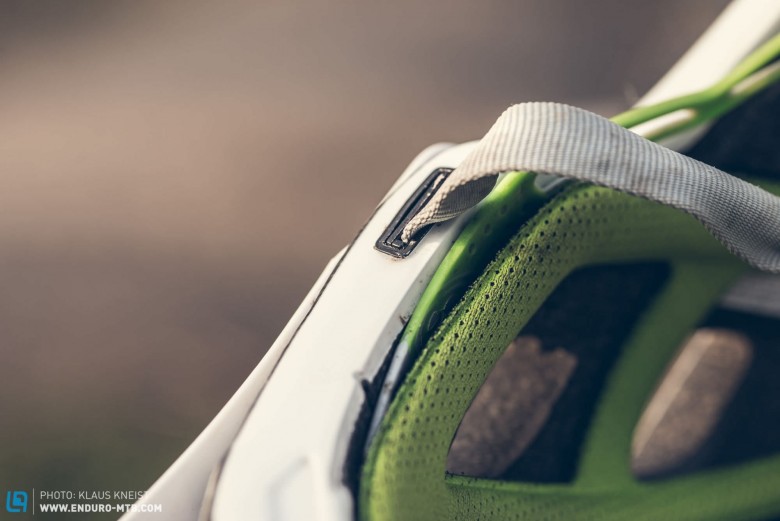
The following features add cost to the helmet because they add manufacturing complexity and value to the user. Keep in mind you will hopefully have a helmet for about 5 years and wear it on every ride, get something you’re happy with and suits your riding style!
Protection:
Many open-face helmets today offer “extended coverage” so they protect further down the back and sides of the skull. We think it’s totally worth the extra weight no matter what riding you do.
More coverage = better!


Others feature two foam densities to soften the blow. The thing about most helmets is that the foam is quite dense as to meet standards while maintaining a low weight. Dense foam requires more force to crush and therefore absorb said force. This means it might protect you from a catastrophic crash but probably still transmit enough force for a concussion.
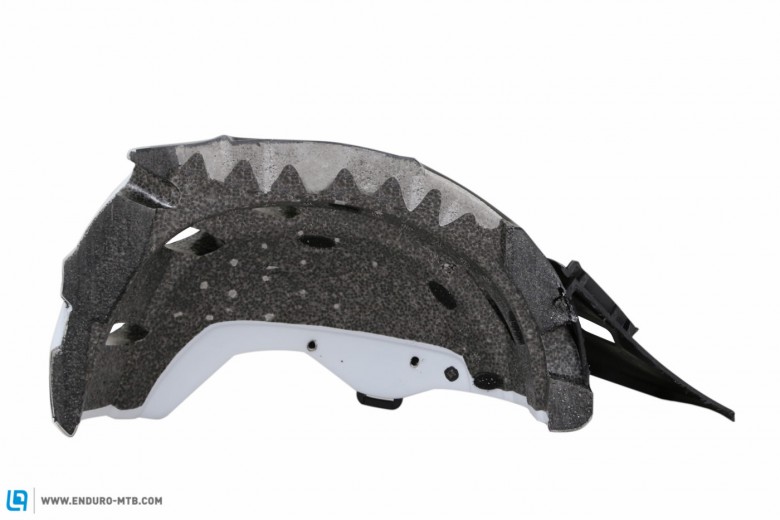
So far, no advantage has been proven by a 3rd party. BUT If you like going fast, best to get the most protection available.
Current safety standards just measure pure impact reduction, useful for skull fracture protection but doesn’t evaluate the forces that cause concussions. MIPS technology, available in many helmets features a sliding liner that allows the helmet to rotate independent of your head during an angled impact. This minimizes the rotational force to the brain that causes concussions.
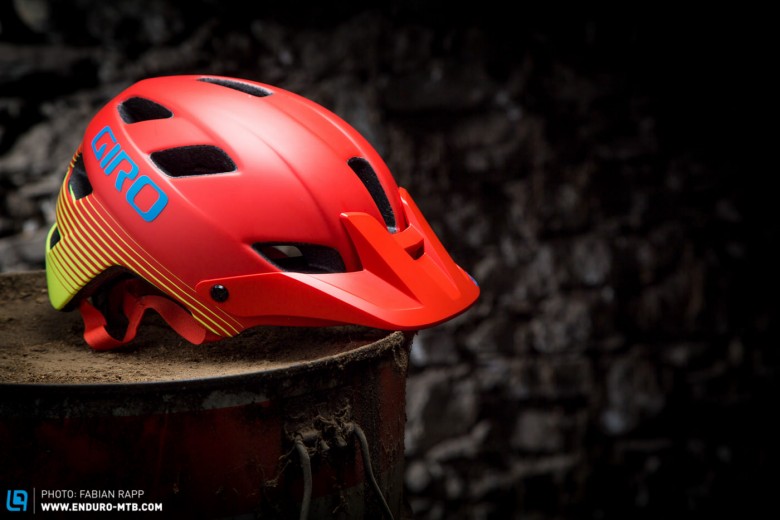
Ventilation:
Typically the more ventilation a helmet has the less protection (from sticks etc..) it offers. Some high-end helmets counteract this with unique design or materials.
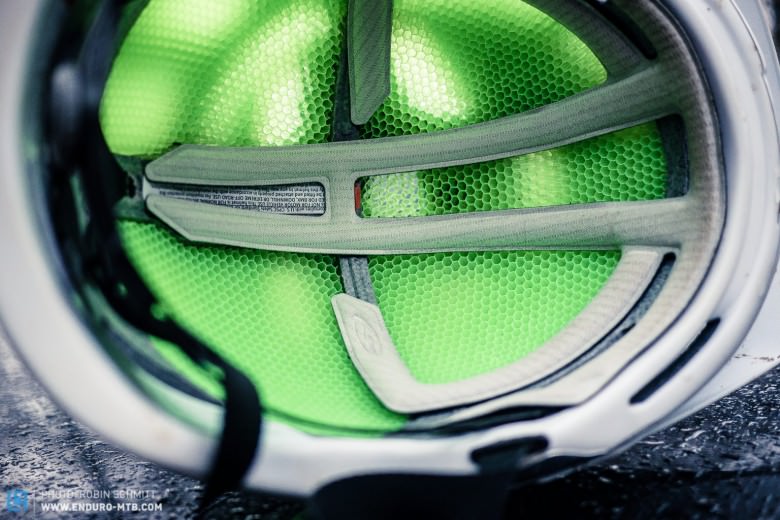
Of course, open-face helmets leave a lot exposed already so look for one that will keep you comfortable on a hot day! Take a look at the shape and size of the vents for a basic idea of that. Then take a look inside the helmet, more padding that is in contact with your head means less room for airflow. Look for internal channels and a balance of intake and exhaust vents to facilitate airflow through the helmet.
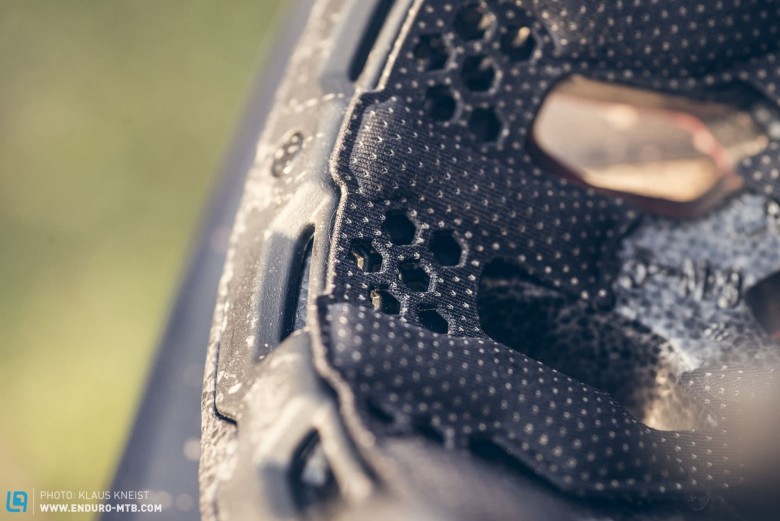
It’s not quite as simple as the number of vents, this is one thing where reviews come in handy. Look for internal channels and a balance of intake and exhaust vents to facilitate airflow through the helmet.
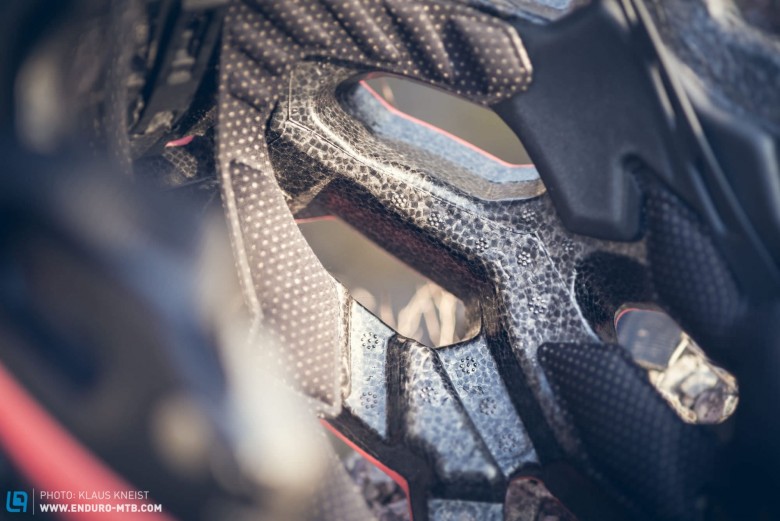
Additional Features:
- goggle / glasses compatibility: will your chosen eye protection fit on the helmet, both in use and when you take it off?
- camera / light mounts: some offer built in solutions.
- breakaway / flexible visors: more durable and less likely to injure you.
Conclusion
The most important part of buying a helmet is the final step, wearing it! You’re going to be a hell of a lot better off wearing any old helmet than nothing on your head. But for your own safety and insurance, get a good one that fits and ride safe!
Words: Tyler Malcomson Photos: ENDURO, Klaus Kneist
Did you enjoy this article? If so, we would be stoked if you decide to support us with a monthly contribution. By becoming a supporter of ENDURO, you will help secure a sustainable future for high-quality mountain bike journalism. Click here to learn more.








